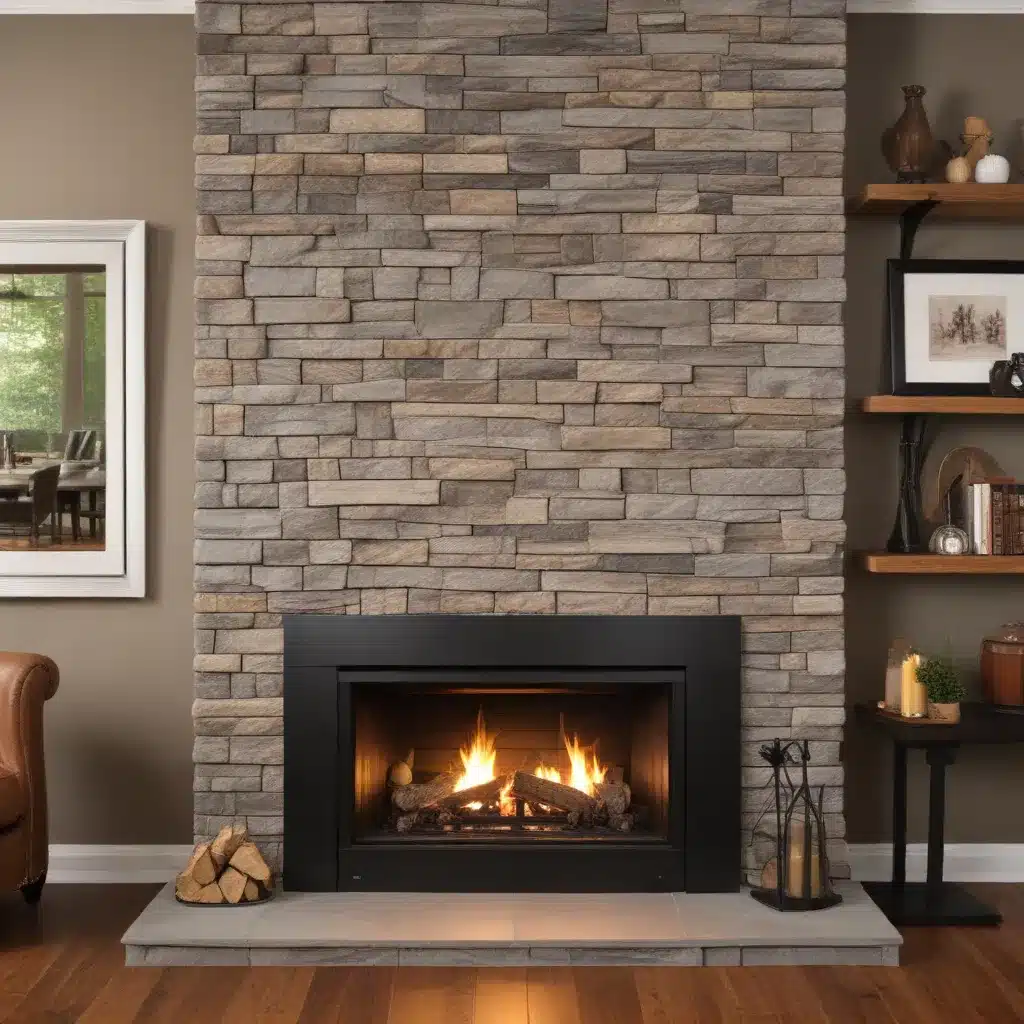
The Pros and Cons of Fireplace Inserts and Wood Stoves
As a seasoned expert in wood stoves and heating solutions, I’ve had the pleasure of helping countless homeowners find the perfect heating system for their needs. When it comes to choosing between a fireplace insert or a standalone wood stove, there are several factors to consider. In this comprehensive guide, we’ll dive into the key differences, advantages, and drawbacks of each option to help you make an informed decision.
Understanding Fireplace Inserts
Fireplace inserts are designed to be installed into an existing masonry or prefabricated fireplace, transforming a traditional open-hearth fireplace into a more efficient and controlled heating source. These inserts are typically made of cast iron or steel and feature a sealed combustion chamber, glass doors, and a built-in air intake system.
Advantages of Fireplace Inserts:
– Improved Efficiency: Fireplace inserts are generally more efficient than traditional open-hearth fireplaces, with up to 80% of the heat output directed into the living space rather than being lost up the chimney.
– Reduced Maintenance: Inserts require less frequent cleaning and maintenance compared to a traditional fireplace, as they have fewer moving parts and a more controlled burning process.
– Versatility: Fireplace inserts come in a variety of sizes and styles, allowing you to find an option that seamlessly integrates with your existing fireplace and home decor.
– Increased Safety: The sealed combustion chamber and glass doors of a fireplace insert help to contain the fire and reduce the risk of sparks or embers escaping into the living space.
Drawbacks of Fireplace Inserts:
– Limited Heating Capacity: While fireplace inserts are more efficient than traditional fireplaces, they may not be able to provide sufficient heating for larger homes or open floor plans.
– Installation Complexity: Installing a fireplace insert requires modifying the existing fireplace, which can be a complex and potentially costly process, depending on the condition of the existing structure.
– Aesthetic Limitations: Fireplace inserts are designed to fit within the confines of an existing fireplace, which may limit your options for customization or altering the overall aesthetic of the room.
Exploring Wood Stoves
Wood stoves, on the other hand, are freestanding heating appliances that are not integrated into an existing fireplace. These stoves are designed to burn wood fuel efficiently, generating heat that can be distributed throughout a room or even an entire home.
Advantages of Wood Stoves:
– Versatile Heating Capacity: Wood stoves come in a wide range of sizes and heating capacities, making them suitable for a variety of home sizes and layouts.
– Improved Energy Efficiency: Modern wood stoves are designed to be highly efficient, with up to 80% of the heat output being directed into the living space.
– Independence from Electricity: Wood stoves operate independently of the electrical grid, providing a reliable source of heat during power outages or in off-grid locations.
– Customization Options: Wood stoves are available in a variety of styles, materials, and finishes, allowing you to choose an option that complements your home’s decor.
Drawbacks of Wood Stoves:
– Installation Requirements: Installing a wood stove typically requires constructing a dedicated, heat-proof base and venting system, which can be a more complex and costly process compared to a fireplace insert.
– Increased Maintenance: Wood stoves require more frequent cleaning and maintenance, such as regularly removing ashes and ensuring the proper functioning of the air intake and exhaust systems.
– Potential Safety Concerns: Proper installation and operation of a wood stove is crucial for ensuring safety, as they can pose a fire hazard if not installed or used correctly.
Factors to Consider When Choosing Between a Fireplace Insert and a Wood Stove
When deciding between a fireplace insert and a wood stove, there are several key factors to consider:
Heating Needs and Home Layout
Evaluate the size of your living space, the layout of your home, and your heating requirements. Fireplace inserts may be better suited for smaller, more confined areas, while wood stoves can provide more versatile and powerful heating for larger, open-concept homes.
Installation and Structural Requirements
Assess the existing conditions of your home and the feasibility of the installation process. Fireplace inserts generally require less structural work, as they fit within the confines of an existing fireplace. Wood stoves, on the other hand, may necessitate the construction of a dedicated base and venting system, which can be more complex and costly.
Energy Efficiency and Cost Savings
Consider the long-term energy efficiency and cost savings of each option. While both fireplace inserts and wood stoves can be highly efficient, wood stoves may offer slightly better fuel-to-heat conversion rates, potentially leading to lower heating costs over time.
Aesthetics and Customization
Evaluate the visual impact and design integration of each heating option. Fireplace inserts can maintain the traditional fireplace aesthetic, while wood stoves offer more flexibility in terms of style and placement within your living space.
Maintenance and Safety
Understand the ongoing maintenance requirements and potential safety considerations for each option. Fireplace inserts generally require less frequent cleaning and maintenance, but both systems must be properly installed and operated to ensure safe and efficient performance.
Conclusion: Choosing the Right Heating Solution for Your Home
When it comes to choosing between a fireplace insert or a wood stove, there is no one-size-fits-all solution. The best option for your home will depend on a combination of your specific needs, the layout and construction of your living space, and your personal preferences.
By carefully considering the factors outlined in this guide, you’ll be well on your way to finding the heating solution that best meets your needs and provides reliable, efficient, and safe warmth for your home. And remember, if you have any further questions or need additional guidance, the team at Wood Stove Heaters is always here to help.


